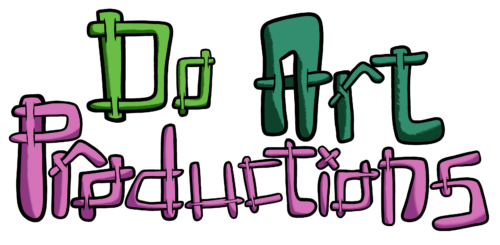As we continue to bring Do Art to audiences across the country through our art and comic book workshops, we emphasize that techniques and theories used in one artistic medium can be used in other art forms. One such example is the concept of contrast.

Contrast–placing very different elements in an artwork close together to make these elements more noticeable–is common throughout visual art. Shadows will often be darker on the face of a portrait, distinguishing foreground from background. The very ideas of “foreground” and “background” involve breaking up the picture into two major planes–what is happening in the front of the picture and what is happening in the back. In a medium like comics, with its heavy emphasis on storytelling, this sense of contrast is used to draw the reader’s attention to something that is important to the plot, as well as to heighten dramatic tension (a panel where a figure is shown in close-up, for instance, at the moment they say something profound or important).
Contrast Outside Visual Art
Contrast is also important in music. Simply singing one note, at the same volume, with no variation or vibrato, is boring. Songs will change tempo, volume, or even melody throughout, in a way that emphasizes certain notes or sections. Writing does the same thing, only with sentence length and the use of concepts. A writer can spend pages on an elaborate description, only to close with a single line of dialogue to emphasize the point of the author.
Notice that contrast involves placing elements that are different in close proximity to each other. These different elements interact in a way that makes them more noticeable. The unique qualities of each element are not lost. Instead, they reinforce each other!
As we continue to make art, think about the ways that contrast can make your art more interesting. Think about how you can emphasize what you’re trying to express by making it different from what surrounds it. And always, always, always keep DOING ART!


